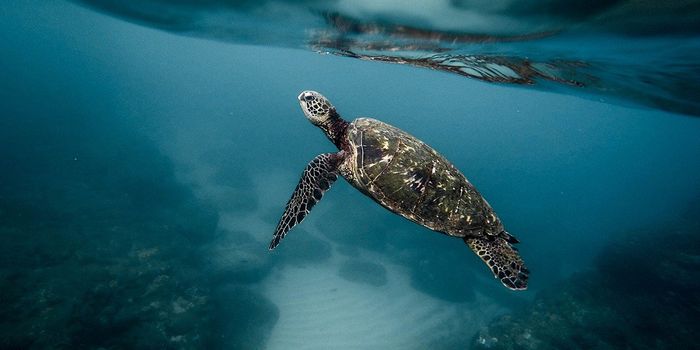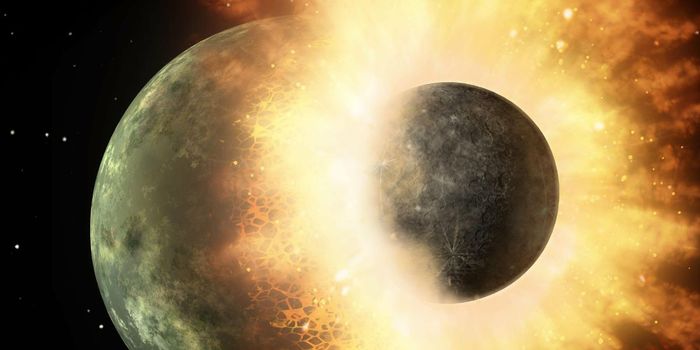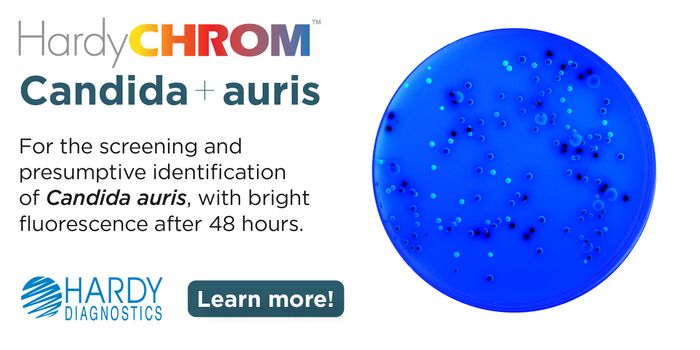Pollution in the Deepest Crevices of the Ocean
Ocean pollution tends to be a problem anywhere in the world, but sometimes we forget that our trash doesn't always wash up on beaches; it can also sink to the bottom of the ocean, ending up in even some of the deepest regions.
The Mariana Trench, for example, is the deepest region under any of our oceans, and many expeditions to explore it have revealed all kinds of trash deposits ranging from bottles, to cans, or trash bags.
One major problem is how many of these items are hard for nature to break down. Plastics, for example, are made up of strong carbon bonds that organisms have a very hard time breaking down, such as by digestion, for example. That said, it's bad for wildlife.
In fact, one of our previous posts details a whale that actually beached itself because its stomach was filled up almost 90% with plastic trash bags, which the stomach couldn't break down, and so the whale was likely unable to eat enough.
All of this trash eventually sinks from the surface and gravity pulls it down into the ocean's depths, so even the deepest regions of the ocean where mankind really hasn't had the opportunity to visit are polluted by our remnants.
Another problem is that these materials don't break down easily, so they could remain there for what seems like an eternity. Unlike on the surface, where the Sun can beat down on the objects and help to weaken them, the bottom of the ocean is airtight and lacks sunlight, so it's like a time capsule that could preserve these bits of pollution for a long time to come.








